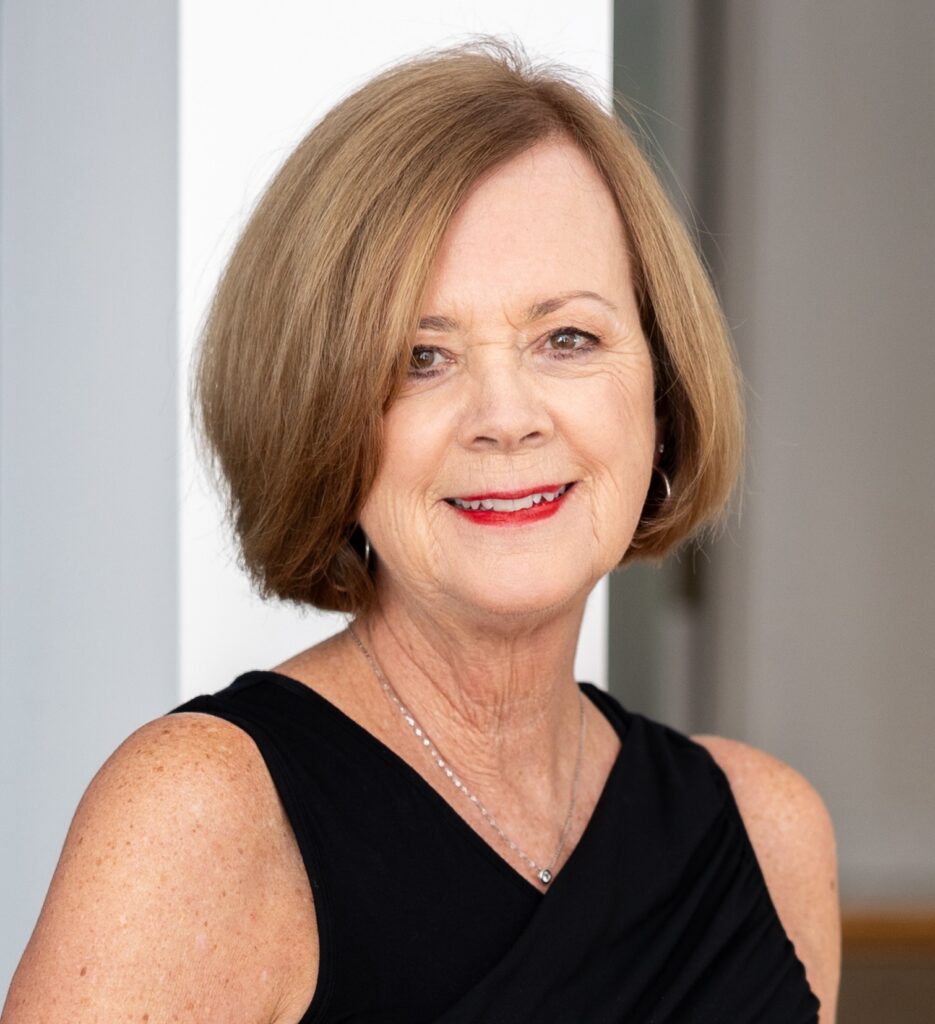
This past week, I attended many sessions at the Healthcare Design Conference + Expo in New Orleans. The one that I keep thinking about is a roundtable discussion on design strategies to address caregiver burnout.
The discussion leaders — two former nurses-turned-design-researchers/consultants Terri Zborowsky and Debbie Gregory, and healthcare interior designer Roz Cama (who joined virtually) — made it clear that they weren’t interested in rehashing what’s already been done, but rather explore new ideas that could really make a difference for caregivers.
Tama Duffy Day and I conducted a similar discussion four years ago at the conference, exploring ways that design could support meaning and purpose in the healthcare workplace. And then Covid hit.
Major Paradigm Shift
A recent analysis of nurse employer reviews found that the top four factors that affect nurses overall job satisfaction are compensation, workload, toxic culture, and organizational support. Zborowski shared that one thing that’s happening to address the workload issue is virtual support of nursing. She called it a “major paradigm shift.”
For design, this means strategic placement of cameras in every patient room to allow remote monitoring of patients and interactions with caregivers who aren’t physically present. This will also affect lighting, furniture and furniture placement, and room layout.
Monitoring patients from staff break rooms was also discussed. And maybe that will work in countries with different regulations, but many states in the U.S. require that nurses take “real” breaks away from their work.
Other roundtable participants spoke about providing areas of respite, such as outdoor spaces, or private seating nooks, as well as access to a variety of dining options and a staff kitchen. While not necessarily new ideas, they are all good ideas.
Who Has Time for a Break?
But here’s the thing. It’s hard to get nurses to take breaks. According to Michelle Ossman (also a former nurse turned design researcher who was in the roundtable), they feel guilty about leaving their patients and have such heavy workloads that they fear getting behind if they step away for 30 minutes.
If you build it, nurses may not come. How you get them to come is the real problem.
And that requires changing the work process and the culture. It also requires changing some of the regulations to allow more virtual support. Who is going to lead the charge on this?
As one participant said, it isn’t just about nurses. either. Physicians and other clinicians are burned out, too. Maybe it’s the whole caregiver model that has to change — and with it, the design of the patient unit.
Along those lines, instead of a traditional central nurse station, creating spaces for staff to gather, do small group work, and either sit or stand while they work were also brought up. Again, not new ideas, but worth exploring — if you can get them to work differently.
What Else People Were Talking About
Tackling caregiver burnout was one of the prominent themes at the conference. Almost every speaker in every session I attended mentioned it. The exhibitors were also talking about how their products are addressing it.
Other themes were designing for social justice, resilience, and health equity. There was also lots of talk about reducing embodied carbon and the integration of digital technology — and how we’re going to utilize AI in healthcare and healthcare design.
We also got to hear Changemaker Award winner Barbara Huelat’s wonderful story about how she got into healthcare design and became passionate about designing for seniors.
What were the major themes you observed at HCD? Leave your answer in the comment box below or email me.
P.S. Please do me a favor — if you liked this post and like this blog, please share it with others by sending them the link or posting it on your Twitter, LinkedIn, or Facebook. Also, don’t forget to subscribe, so you’ll get emails when new content is posted. Thanks!
If you like this post, please share.

What’s my story? I’m a healthcare and senior living design knowledge expert who writes and speaks frequently about trends and issues affecting these two industries. I’m also a strategic marketing consultant and content creator, working with companies and organizations who want to improve the quality of healthcare and senior living through the design of the physical environment. You can reach me at sara@saramarberry.com.


5 Responses
Thanks Sara,
It was a great event. I loved the AI Keynote and her future thoughts for healthcare. It is such an exciting world we live and work in.
Thanks, Sara! HCD is an awesome place for networking meeting with outstanding professionals who are active in fully promoting Healthcare design.!
The staff is amazing and fully capable of managing HCD, and all the wonderful research that they provide.
I, too, was in that same roundtable discussion and also presented at last year’s HCD with study data on Barrow Neurological Institutes’ Resilience Rooms – who used them, how they reported their levels of stress and burnout before and after utilizing the room, etc. I am so grateful for Dr. Virginia Prendergast’s data that supports the inclusion of respite spaces for staff. But the real change is in the culture. I hate to say it but it starts from the top… you must have a champion to change the workplace culture, a champion that mentors appropriately and “walks the walk.” One must ask – Who is that in your organization?
We’re there any answers for how to redesign these work areas. I read a great deal about what was mentioned as needed, many which have been known for a while, but were there answers for these problems.
Other than what I mentioned (creating spaces for staff to gather, do small group work, and either sit or stand while they work), not really. The main answer to the problems seems to be that we need to change the culture.